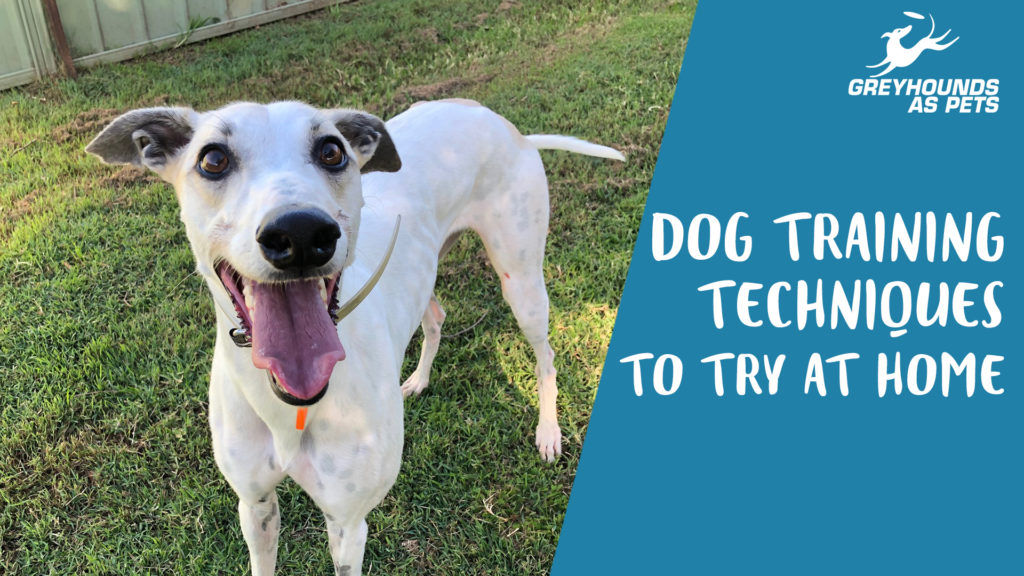
Five ways to get the most out of training your greyhound
Anyone who has tried to research dog training online knows that there is a wealth of different opinions of how best to train dogs- greyhounds included. Trying to separate fact from fiction can be quite overwhelming.
Nowadays, the scientific consensus around dog training is that it should rely on positive reinforcement and classical conditioning.
Positive reinforcement involves adding something (usually food, praise and/or physical affection) to increase the chances of the dog performing the behaviour again. This is part of operant conditioning.
Classical conditioning involves pairing a certain stimulus with an emotional response. This technique was made famous by a Russian scientist who would ring a bell at the same time as presenting meat to dogs. This was repeated enough times where ringing the bell would cause dogs to salivate even in the absence of meat.
Despite this, many people still struggle to meet their training goals with their dog. Here are five tips to help you and your hound to succeed at training.
1. Let the dog choose the reward
For positive reinforcement to work, the consequence of the behaviour needs to be positive from the dog’s perspective. For many dogs, pats and praise aren’t very valuable and typically don’t motivate a dog to participate in training. For many greyhounds, the best possible reward is food- like BBQ chicken or cheese.
2. Start small
Many people want to try to work on complicated behaviours (such as being able to fetch the mail) before tackling the basics (such as going to their bed). Setting small, achievable goals gives your greyhound the opportunity to earn frequent rewards. Like us, your dog will be more interested in his/her job if it pays well!
3. Set your dog up for success
Similar to starting small, it’s good to train your dog under conditions where you know they will succeed. For example, expecting your greyhound to be calm and attentive in a busy park is very unrealistic if they don’t listen to you at home! Practice in quiet environments first and then build up the level of outside distraction slowly, so your dog learns at a pace that suits them.
4. Rewards shouldn’t disappear entirely
When you first train your dog to perform a new behaviour, it helps to reward them every time. This way the dog builds a strong positive emotional association with performing that behaviour (and training in general!). Over time, rewards can be intermittent and, because they have had so many good experiences, the dog will still perform the behaviour. However, like us, if the rewards stop altogether, so will the motivation to participate. You wouldn’t do your job for nothing and neither will your dog!
5. Train the dog in front of you
There’s plenty of helpful guides out there which advocate on how best to teach your greyhound this or that. However, it is important to remember that your dog is individual and their particular likes or dislikes should dictate your approach to training, as opposed to any guide. Dog owners who can recognise their greyhound’s quirks and adjust their training approach to suit their pooch are often the ones with the happiest relationships.
More news
 Adoption Day Success At DaptoDecember 19, 2023 10:35
Adoption Day Success At DaptoDecember 19, 2023 10:35 Wellington Joins GAP Prison ProgramBy GRNSWDecember 04, 2023 17:21
Wellington Joins GAP Prison ProgramBy GRNSWDecember 04, 2023 17:21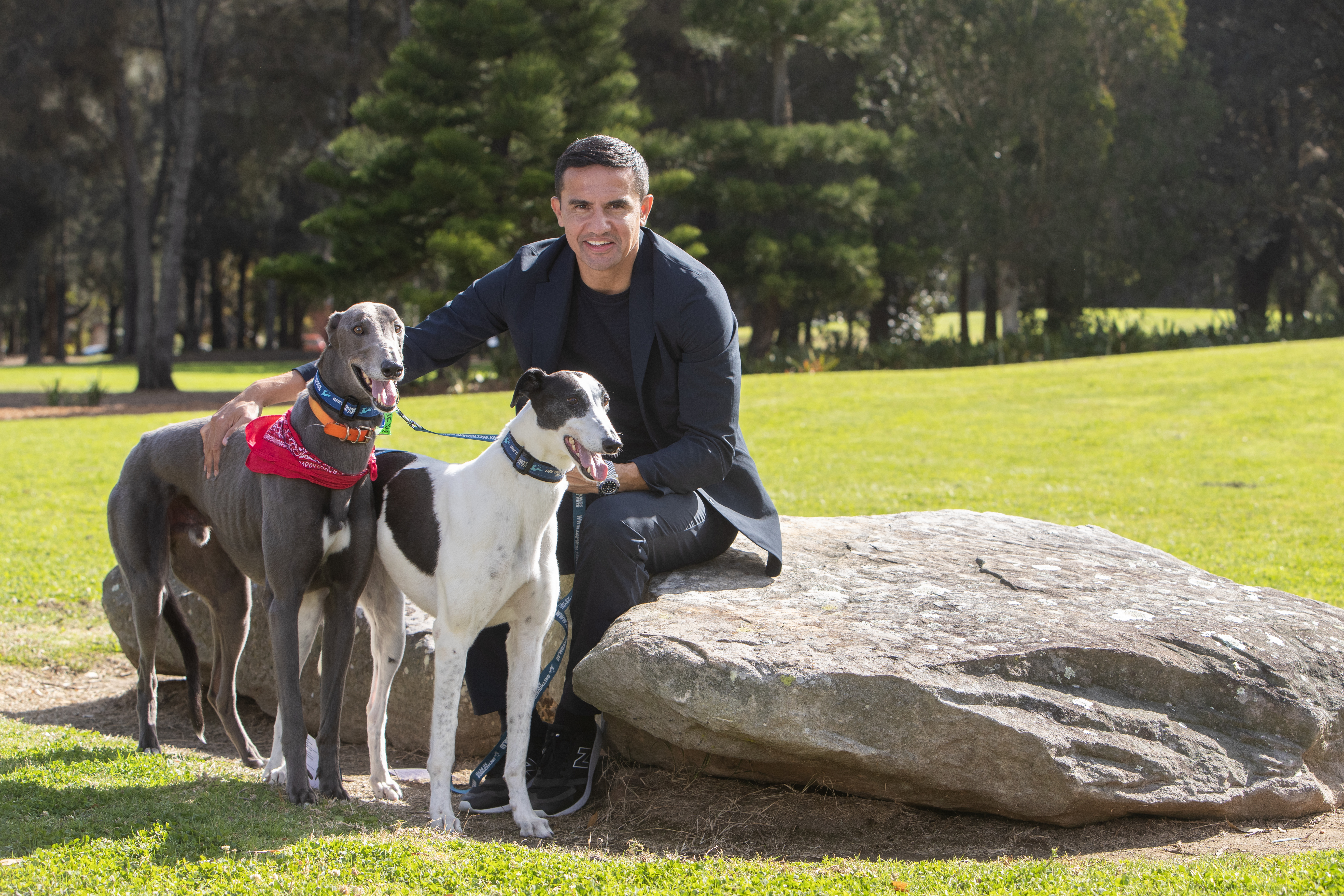 Cahill Now A Hall Of Fame AmbassadorBy GAPNSWNovember 30, 2023 10:20
Cahill Now A Hall Of Fame AmbassadorBy GAPNSWNovember 30, 2023 10:20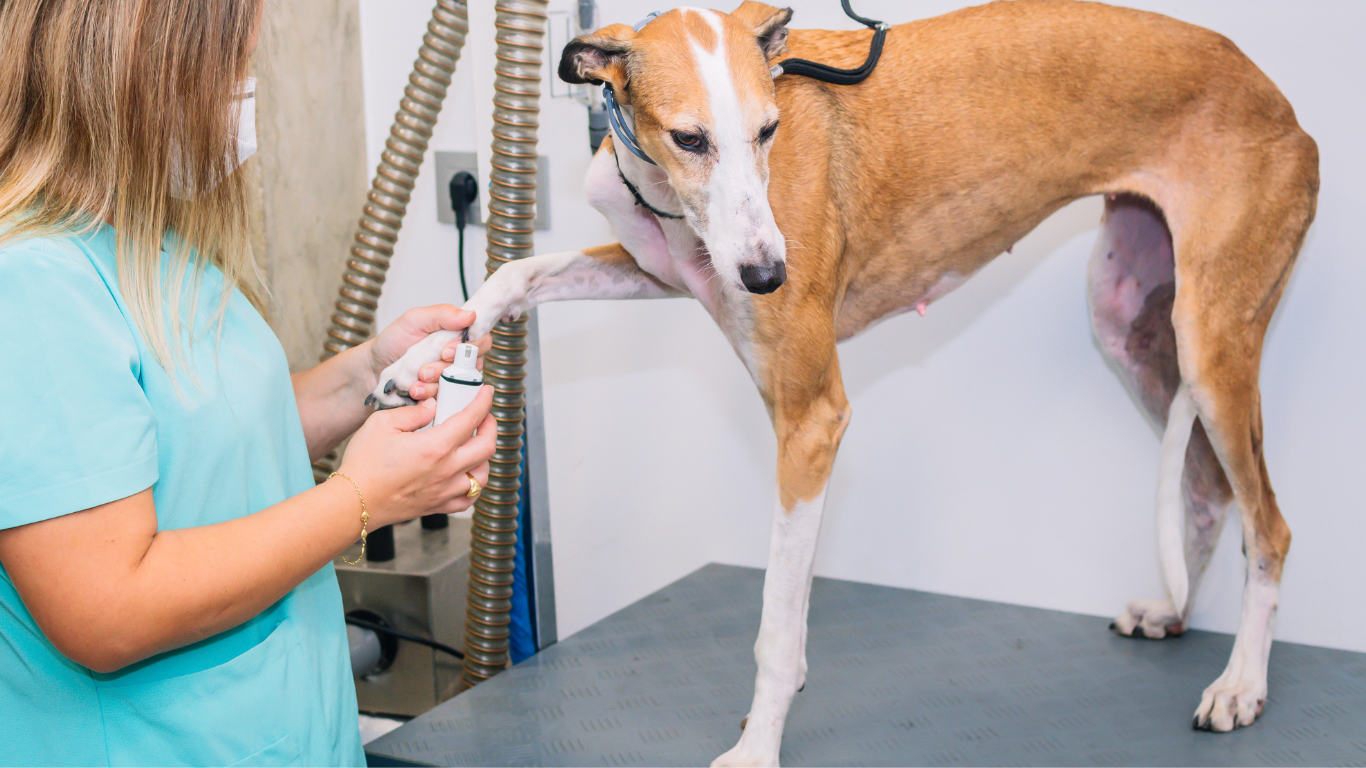 How To Care For Greyhound NailsBy gapnsw.com.auOctober 23, 2023 11:35
How To Care For Greyhound NailsBy gapnsw.com.auOctober 23, 2023 11:35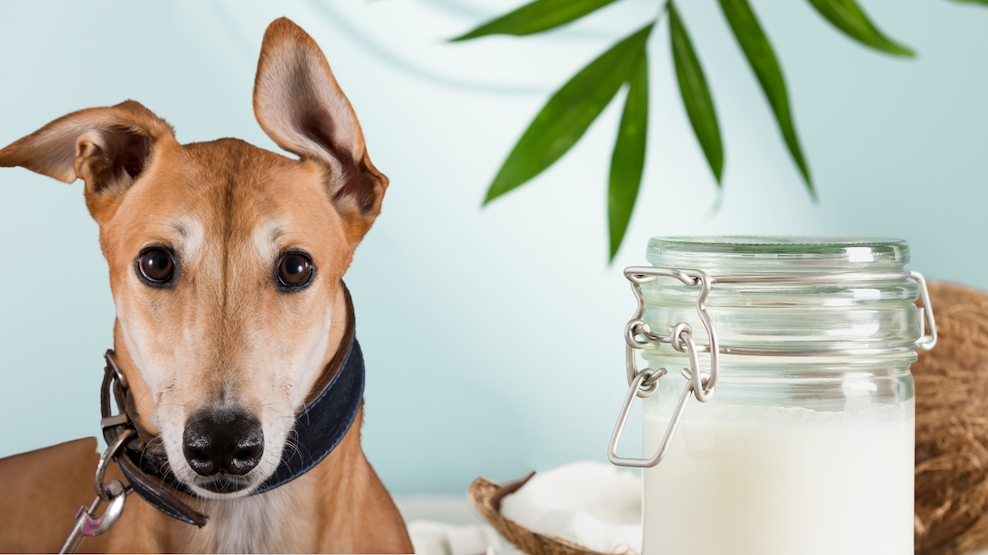 Is Coconut Oil Your Dog's Best Friend?By GAPNSWOctober 23, 2023 09:36
Is Coconut Oil Your Dog's Best Friend?By GAPNSWOctober 23, 2023 09:36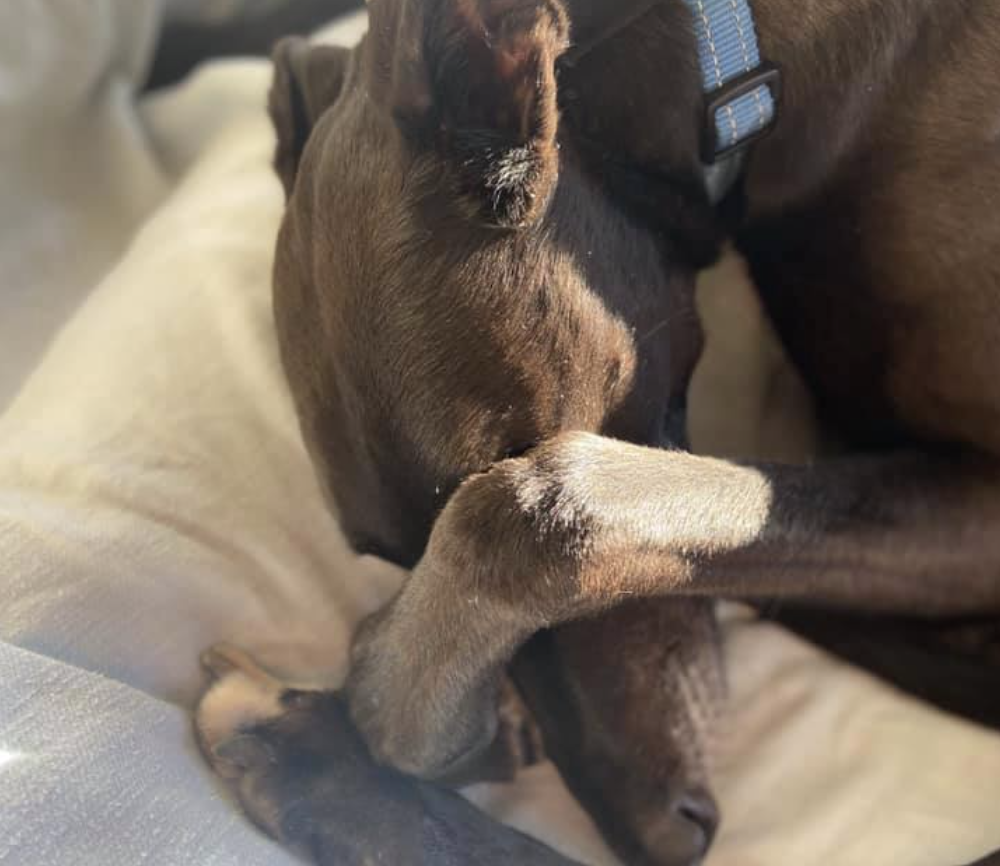 Helping a Greyhound When Relocating Their Safe SpaceBy gapnsw.com.auSeptember 13, 2023 11:10
Helping a Greyhound When Relocating Their Safe SpaceBy gapnsw.com.auSeptember 13, 2023 11:10